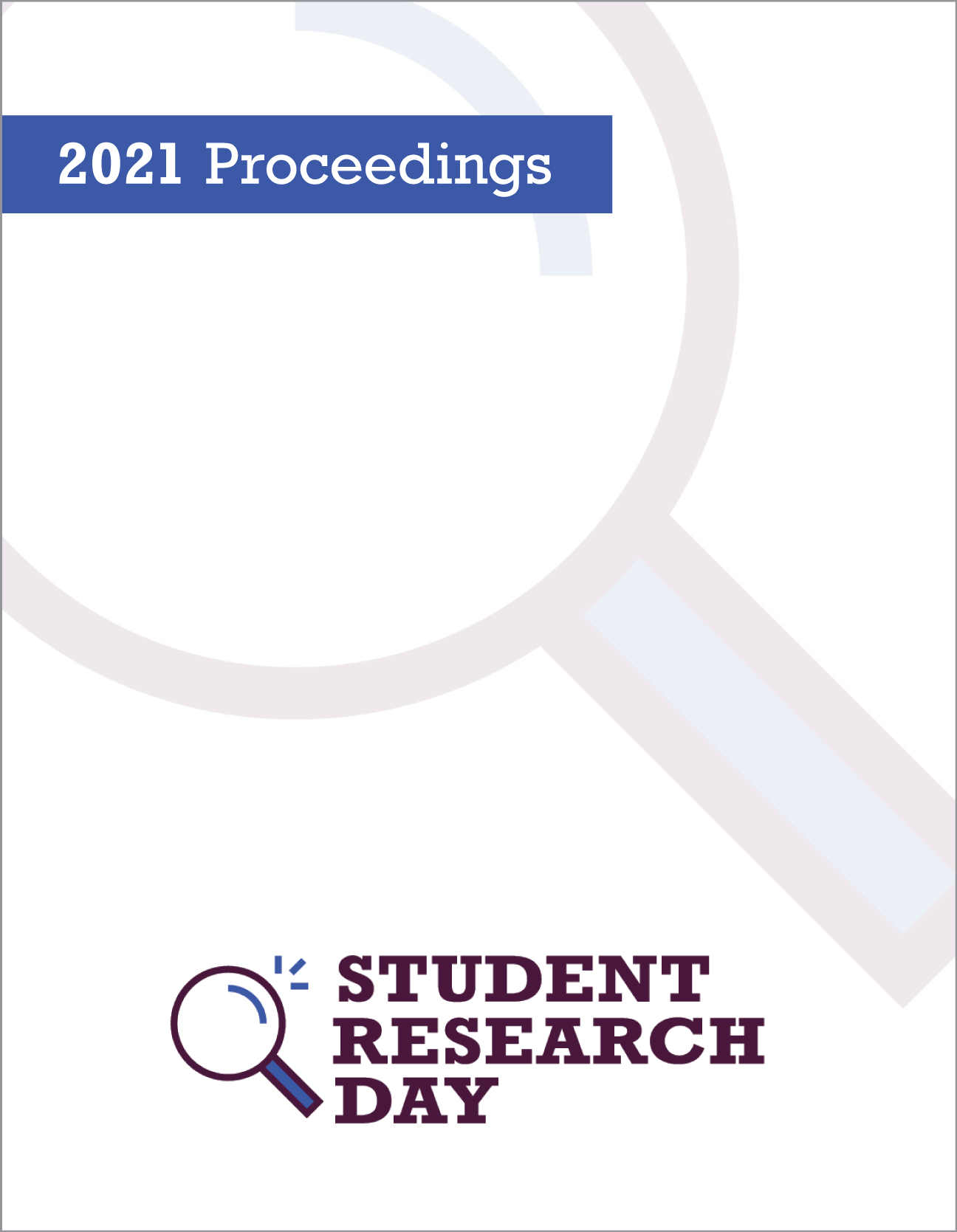Microplastics pollution in sediments of stormwater retention ponds in Edmonton, AB
Abstract
Microplastic is a ubiquitous pollutant in the environment. They are ingested by organisms due to their microscopic size. Recent studies have shown that freshwater environments are contaminated with microplastics. Urban stormwater runoff contributes to microplastic pollution during storm events. Stormwater ponds are a significant study area for understanding the pathway of microplastics to enter rivers and serve as a network for transporting MP from land to water environment. Assessing the impact of urban runoff can help determine the sources of microplastics in Edmonton, Alberta. The sediments of twenty-four stormwater ponds were studied. The samples were characterized based on their land-use type as either Industrial, Natural, Residential, Agriculture, Highway or Park. The microplastics were extracted from each sediment to test the hypothesis of which anthropogenic catchment type contributes to microplastic pollution the most. The extraction was achieved using density separation and organic digestion methods. The samples were stained with Nile Red for quantification using microscopy. Two morphologies, fibres and fragments, were found from the practice sample, Cy-Becker. 76.9% of the particles found were fibre. 54.8% of the particles were blue, followed by 23.1% transparent and 7.7% each green, red and pink. Assessing the impact of urban sources of microplastic helps understand the fate of microplastics in freshwater systems.
Department: Physical Sciences
Faculty Mentor: Dr. Matthew Ross
Published
Issue
Section
License
Authors retain any and all existing copyright to works contributed to these proceedings.



